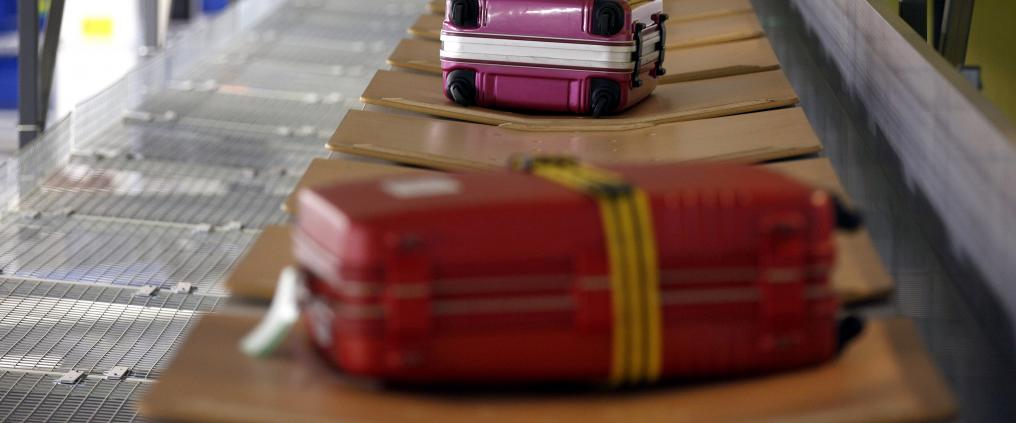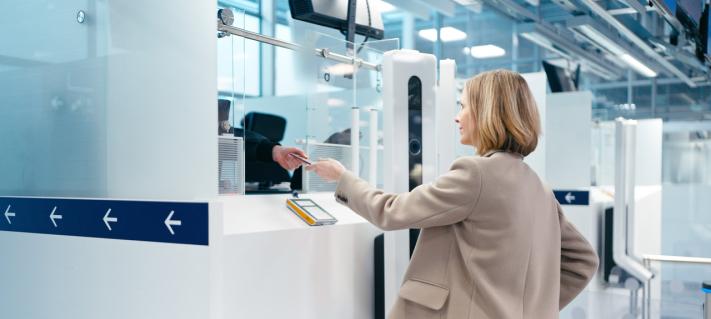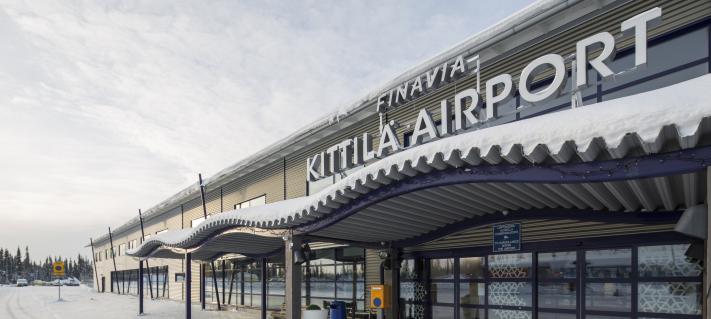A good suitcase is the right size, protects your belongings, and is light and easy to move around. Moreover, the right kind of suitcase will make your travelling smoother.
Juha Sinivuori and his team do their part to ensure that thousands of pieces of luggage find their way from check-in to their respective flight on time at Helsinki Airport. Sinivuori is Head of Baggage Handling and Transport at Swissport, which offers ground handling services for airlines.
Sinivuori’s team loads and unloads the baggage into and from the aircraft cargo bin. He knows what kind of suitcase is the most convenient from a baggage handling perspective. Here are his tips for passengers:
1. Choose hardside
According to Sinivuori, a suitcase with a hard shell stays intact for longer, protecting the contents of the suitcase.
“Durability is important, especially with larger suitcases that are checked into the cargo bin. For heavy suitcases, the loading and unloading can be a rough ride.”
2. Avoid hanging belts and decorative accessories
Passengers often attach a belt, scarf or other hanging decoration on their suitcase to make their luggage more easily identifiable. However, according to Sinivuori, you shouldn’t accessorise your suitcase with anything that hangs outside the case or protrudes from the shell.
“A hanging accessory may be torn, and a protruding part may cling to the baggage handling system, jamming the suitcase on the belt. At worst, this could even result in the suitcase missing the flight. Such scenarios are, nonetheless, very rare,” says Sinivuori.
Here, too, a hard-sided suitcase comes in handy. Usually, they have no protruding parts that could cling to the baggage handling system at the airport.
3. Customise with paint or tape
So, if accessorising your luggage with colourful belts or scarves is to be avoided, then how do you make sure you’re able to identify your bag among dozens of similar suitcases on the conveyor belt in the arrivals hall?
Sinivuori offers a tip: “You can use paint or tape to make your suitcase more easily identifiable.”
4. Label your baggage with contact information
Although baggage is very rarely delayed from the flight, it is sensible to ensure that your luggage is outfitted with your up-to-date contact information. This way, the bag can be delivered to you as quickly as possible in the case of a delay. In addition to your name, the most important piece of contact information is your phone number.
“It’s good to have your contact information label outside the suitcase, so it won’t be necessary to open the case,” says Sinivuori.



